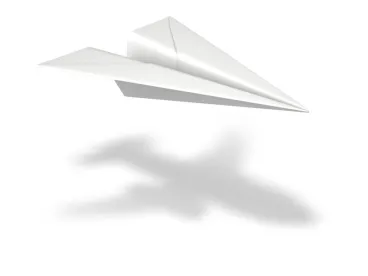In August, 2013 we posted an article “OSHA in the Sky – FAA Policy on Application of OSHA Standards for Aircabin Crewmembers” – reporting on the FAA’s August 27, 2013 final policy statement outlining three areas where OSHA could regulate for cabin crewmembers while on board an aircraft in operation. Flightcrew members (i.e. pilots and co-pilots) do not fall within the definition of “cabin crewmembers” and, therefore, are not covered by the new regulations. The three standards which OSHA began enforcing are: hearing conservation standard (29 C.F.R. § 1910.95), bloodborne pathogen standard (29 C.F.R. § 1910.30), and hazard communication standard (29 C.F.R. § 1910.1200). Although the policy took effect on September 26, 2013, OSHA only began enforcing the standards this year on March 26, 2014.
The recent Memorandum of Understanding which became effective on August 26, 2014, spells out the procedural process whereby the FAA and OSHA will enforce those three standards. Complaints or referrals received by OSHA pertaining to noise, bloodborne pathogens and/or hazard communication will be subject to OSHA’s phone/fax method. Under this “inspection” method, OSHA will respond to a complaint or referral by telephoning the employer, describing the alleged hazard, and follow up with a fax or letter. The employer then will have 5 days to respond to OSHA in writing, identifying any hazards it has found and the corrective action taken or planned to fix the hazard(s). If OSHA is satisfied with the employer’s response, an onsite inspection is unlikely and the only action will be to send a copy of the employer’s response to the employee who filed the original complaint. If the employee is not satisfied with the employer’s response, he/she may request an onsite inspection. In the event that an inspection would be required while an aircraft is in operation, OSHA and FAA will coordinate the process.
OSHA and the FAA will meet semi-annually for the next two years to monitor the implementation of the policy statement. There are no plans to expand the scope of OSHA’s jurisdiction over airline aircabin crewmembers beyond these three standards, and the previously approved regulations on recordkeeping and access to employee exposure and medical records. However, should a decision be made in the future to add more standards, OSHA and the FAA will go through a process, including notifications in the Federal Register, similar to the process they went through to implement the hearing conservation standard (29 C.F.R. § 1910.95), bloodborne pathogen standard (29 C.F.R. § 1910.30), and the hazard communication standard (29 C.F.R. § 1910.1200).
To read more about this, go to:
http://www.faa.gov/about/initiatives/ashp/media/OSH-standards-aircraft-cabin-crewmembers.pdf
http://www.faa.gov/about/initiatives/ashp/media/FAA_OSHA_MOU_2014.pdf




 />i
/>i

